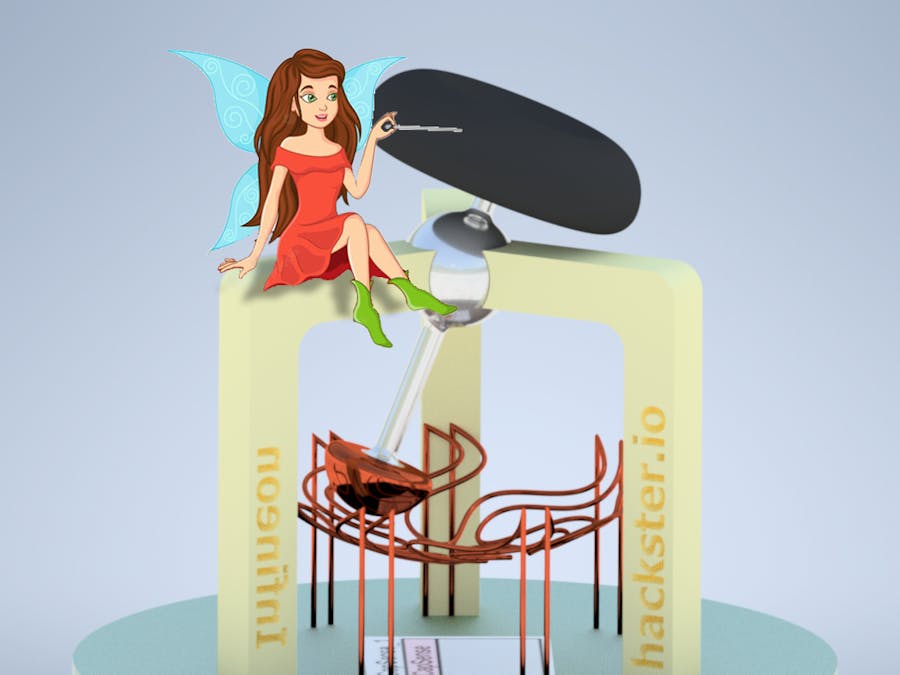For this project, I've decided to break with Hackster tradition. Instead of posting how I created a finished prototype, I'll summarize my journey discovering many new applications. I've done this since my planned project didn't work for reasons described below. However, I do hope this log will be useful as inspiration for others starting their CAPSENSE™ journey.
Hello CAPSENSE™I received my kit on December 22nd so I put it under the tree and held back my enthusiasm for three days.
To familiarize myself with the CAPSENSE™ ecosystem, I followed this guide and proceeded to create my first button. Luckily, the example included the source code, allowing me to identify that the automatically generated project.h file didn't include the correct references.
After accounting for that and soldering a custom pad, I was happy to see how sensitive a simple touch button can be, detecting my finger, a marker, or even a bottle of water from approximately 5 cm above the red surface.
Next I tried to tune the button but I was never successful. I tried many other code examples and many I2C configurations; Sense Tuner was always stubborn.
My intended project was an e-paper display with a touch menu so sensitive and accurate that even a mythical fairy creature could operate it. This would be a low-power, all-weather, prototype for a product I am currently developing. My inspiration came from the AirView function of the Samsung Galaxy 4 phone.
I'm not certain if this is an Infineon product. It could be multi-capacitance sensing with a shunted electric field to enable sensing without having to touch. Much like the single button, where sensitivity is increased by decreasing capacitance to ground, overcoming the thickness of my test screen, for example.
I hope this is an example of mutual capacitance since it would allow very interesting implementations such as three-dimensional gestures. To test this feature I connected a wire to J0 and another to J2 and created a CSX (Mutual-cap) button. I planned to make a simple spirit level demo with a metal ball between the wires.
After much debugging, I carefully read the datasheet and realised that CSX is not implemented in the 4100 series.
Fairies may also wish to play modern computer games on their tiny computers. However, the mechanical resistance of abrasive potentiometers scratching away inside their gamepads would surely give them a headache. Mutual capacitance to the rescue!
I am uncertain whether this has been tried before. I think a dummy conductor oscillating between at least two fields should yield an adequate signal to determine it's position in space, thus the position of the thumb-pad above.
As you can see in this cake slice view of my exaggerated mockup, the only parts in contact are the ball inside the socket. This offers ease of motion in all directions.
Unlike a traditional thumbstick which has bent metal springs in the x and y axes, using a combination of both for maximum frustration. Once the copper disks inside both potentiometers oxidize after six months of use, they need to be cleaned or replaced.
An adjustable, non-conductive, spring can be attached to the bottom of the pendulum to ensure the stick returns to the zero position each time.
I hope to continue developing this prototype once I create a suitable mutual capacitance circuit and calculate the correct geometry of the traces so that the extrapolated position data is far more accurate than x-y-axis potentiometers.
The future of capacitive and inductive sensing is truly limitless. It is crucial towards creating high-tech, intergenerational, machines with easy serviceability here on Earth and on distant planets.










Comments
Please log in or sign up to comment.